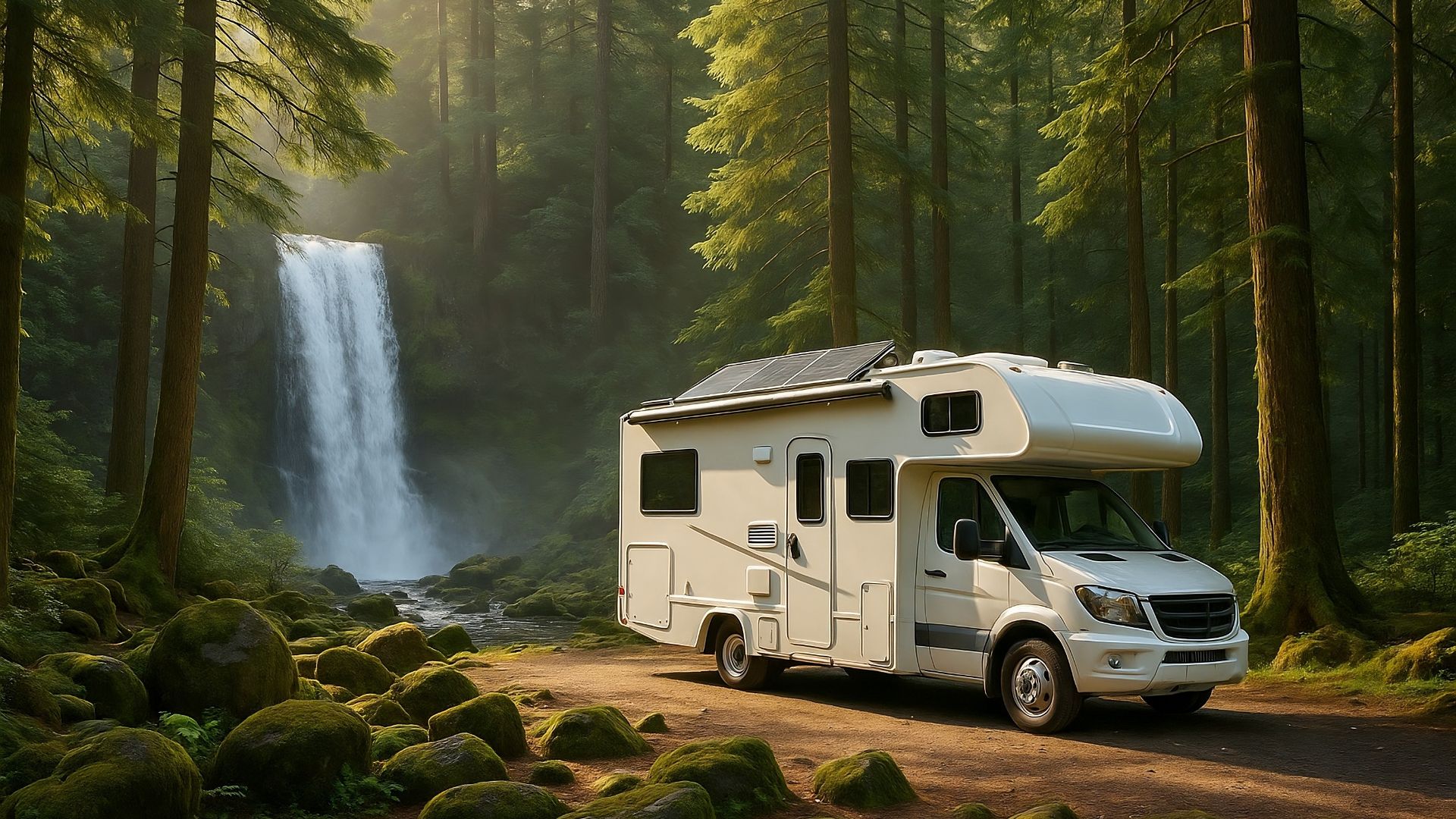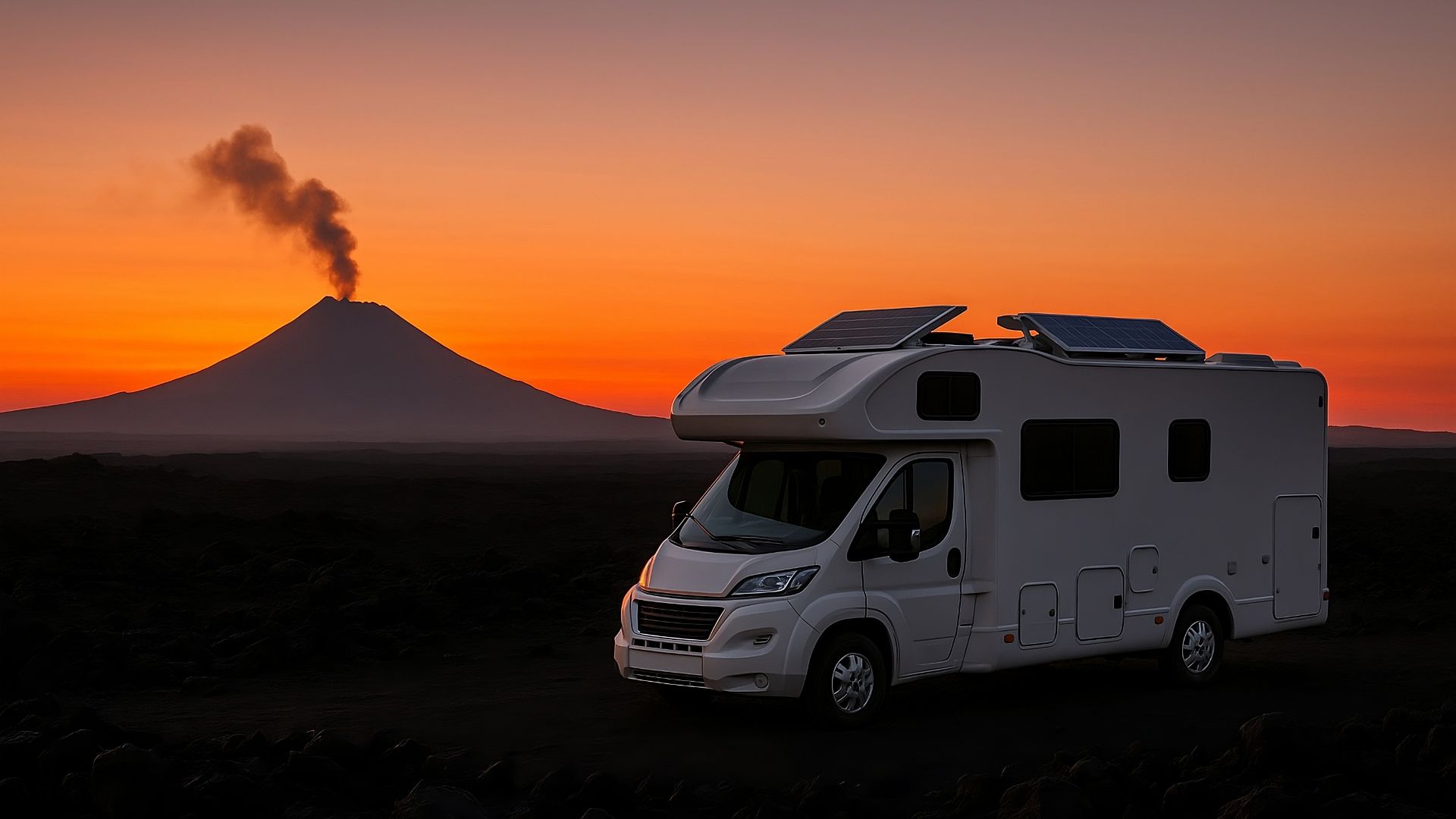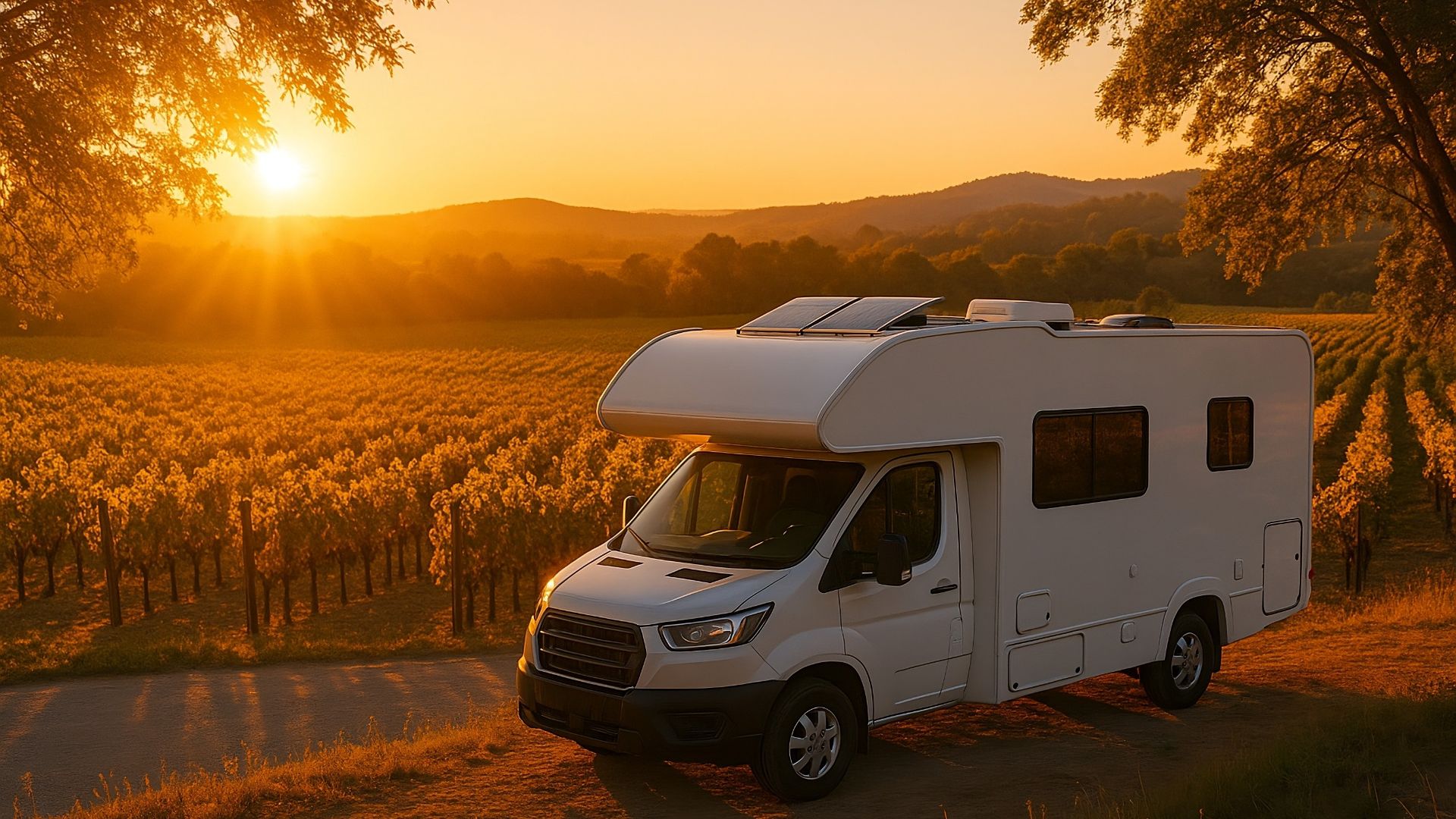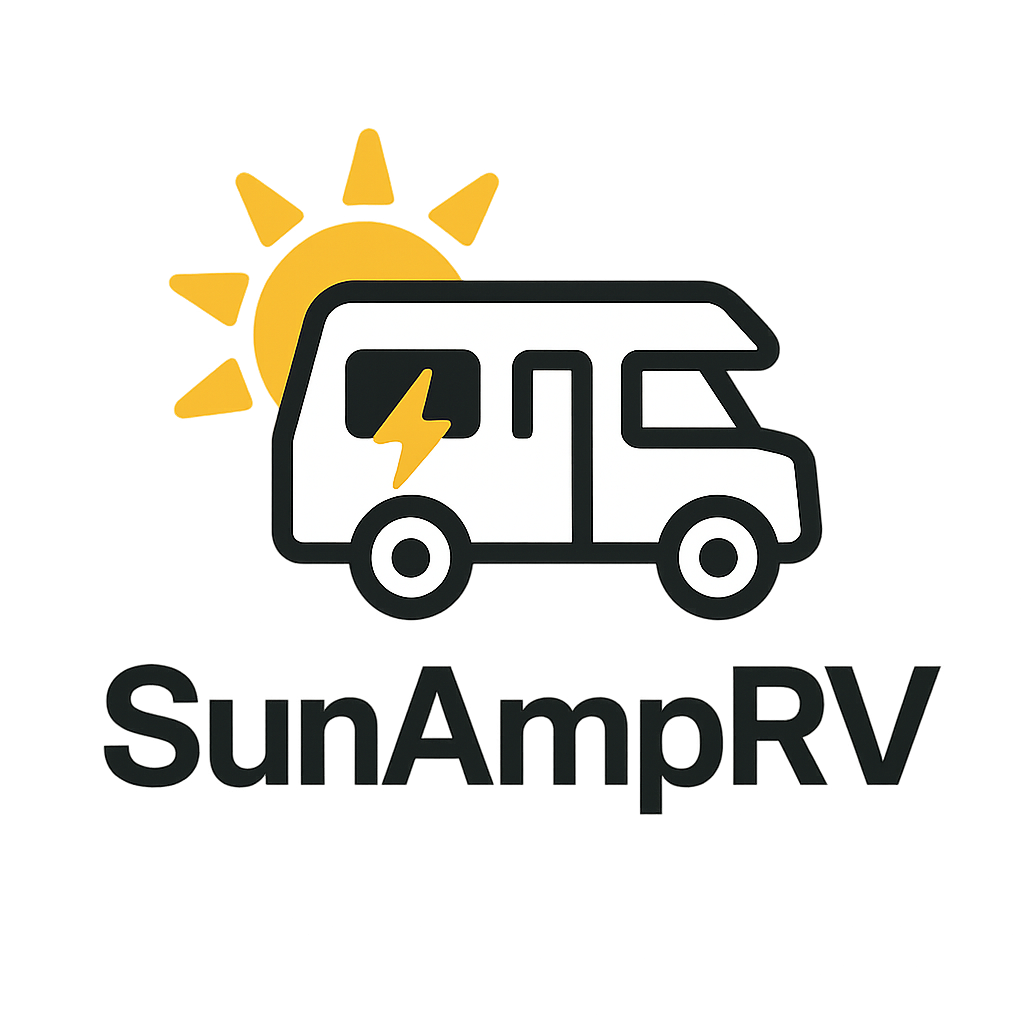
Taking the time to conduct an RV energy audit is essential for anyone looking to optimize their RV’s energy efficiency. Understanding your energy consumption helps you plan better, save on costs, and reduce your environmental footprint.
What is an RV Energy Audit?
An RV energy audit involves assessing and analyzing your RV’s energy usage to identify opportunities for improvement. This process involves calculating daily use, evaluating energy sources, and exploring efficiency upgrades.
Why Conduct an RV Energy Audit?
Conducting an energy audit can help you:

- Improve energy efficiency
- Extend battery life
- Reduce reliance on generators
- Lower energy costs
- Enhance overall comfort and convenience
Steps to Conduct an RV Energy Audit
- List All Electrical Devices
Start by listing all the electrical devices you use in your RV, including lights, appliances, and gadgets. - Calculate Daily Energy Use
For each device, note the wattage and estimate the average daily usage in hours. Multiply these to get the daily watt-hours.
- Total Your Energy Consumption
Add up all the individual watt-hour figures to determine your total daily energy use. - Evaluate Your Power Sources

Assess the capacity and efficiency of your current power sources, such as solar panels and batteries.
- Identify Inefficiencies and Make Improvements
Look for devices that consume excessive power and consider upgrading to more efficient models.
Optimizing Energy Sources
Solar Power
Adding or upgrading solar panels can significantly enhance your energy independence. Consider options like the Renogy 200W Monocrystalline RV Solar Kit or the BougeRV Yuma 200W Flexible Solar Panel for efficient solar energy solutions.
Portable Power Stations
Portable power stations offer flexibility and backup power. Options such as the Jackery Explorer 1000 Plus Power Station and Bluetti AC200P 2000Wh Portable Power Station are excellent choices for RV users.
Battery Upgrades
Upgrading your battery system can increase storage capacity and efficiency. The Battle Born 100Ah 12V LiFePO4 Battery is a high-quality option known for its reliability and performance.
Installation Steps for a Solar Power System
- Evaluate the Roof Space
Determine the available space on your RV roof for solar panels. - Select Appropriate Solar Panels
Choose panels that fit your needs and space. The HQST 200W 12V Monocrystalline Solar Kit is a versatile choice. - Install Solar Panels
Securely mount the panels on the roof, ensuring they are angled correctly for maximum sun exposure. - Connect the Charge Controller
Use a charge controller like the Victron SmartSolar MPPT 100V 30A Charge Controller to regulate the energy flow between the panels and the battery. - Wire the System
Connect the panels to the charge controller and then to the battery, ensuring all connections are secure. - Test the System
Run tests to ensure everything is functioning correctly and make adjustments as needed.
Monitoring and Adjusting Your Energy Use
Regularly monitoring your energy use allows you to make informed decisions and optimize your system further. Use energy monitoring tools to track consumption and adjust your habits or system components accordingly.
Conclusion
Conducting an RV energy audit and calculating daily use is a crucial step towards achieving energy independence and efficiency. By understanding your consumption patterns and optimizing your energy sources, you can enjoy a more sustainable and cost-effective RV lifestyle.
